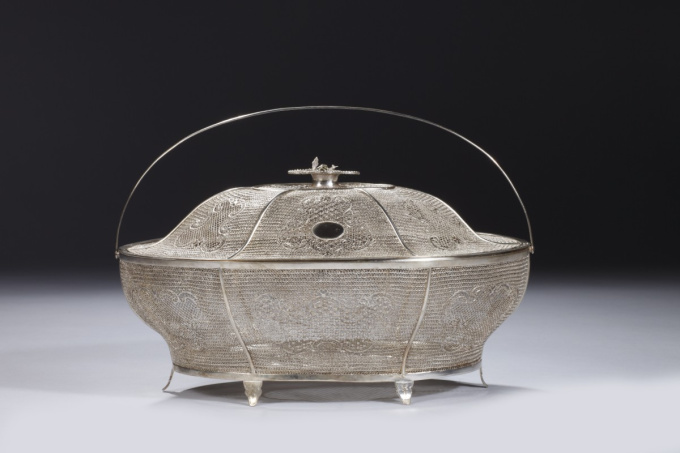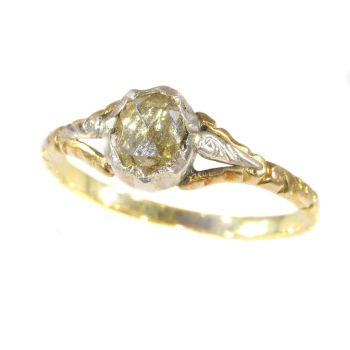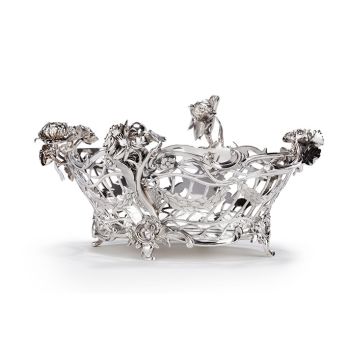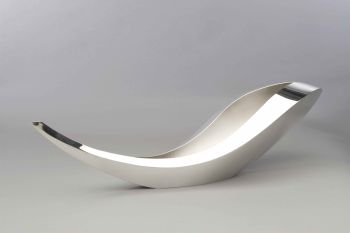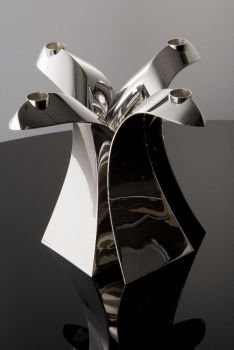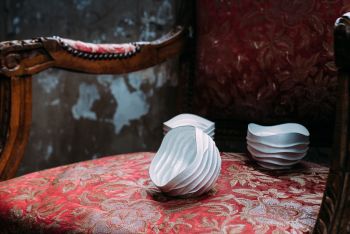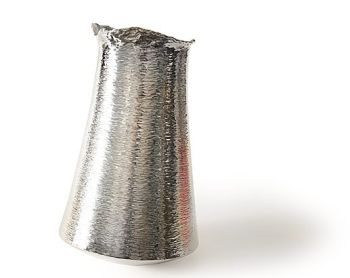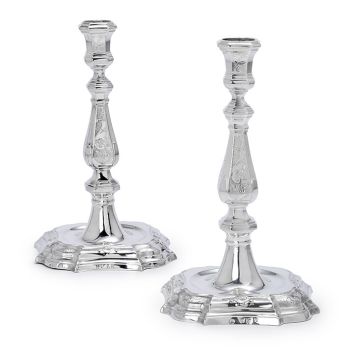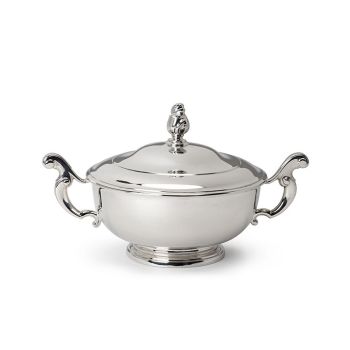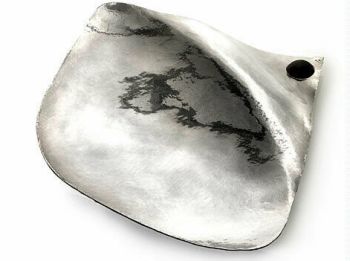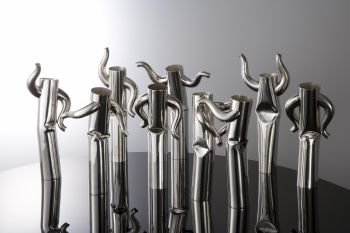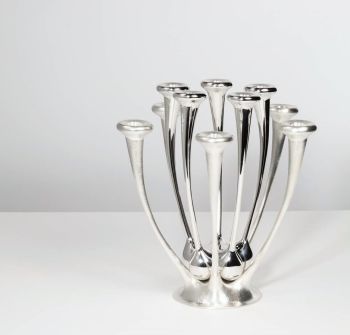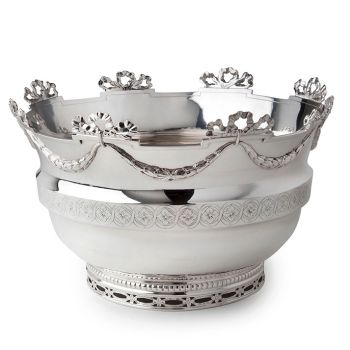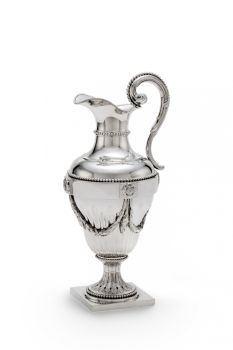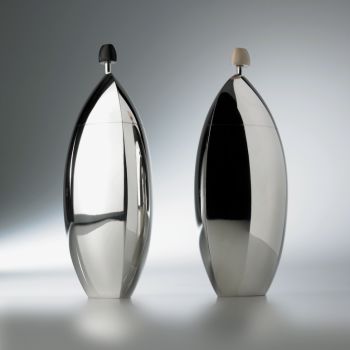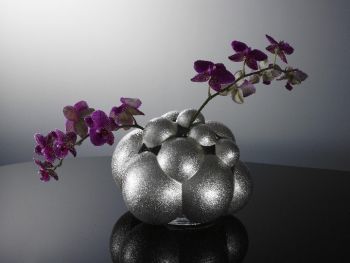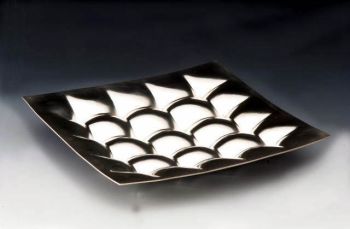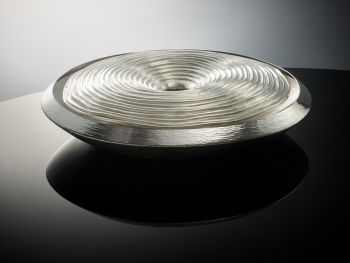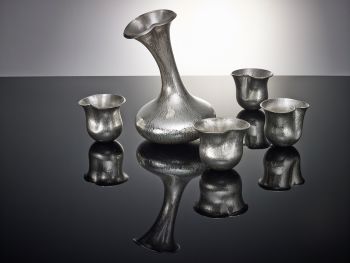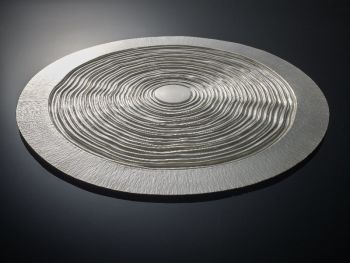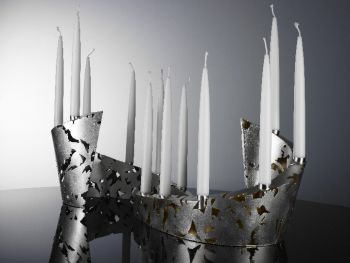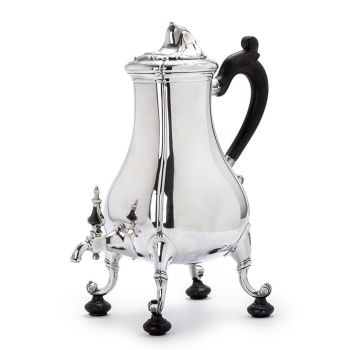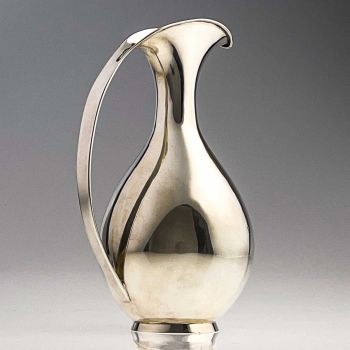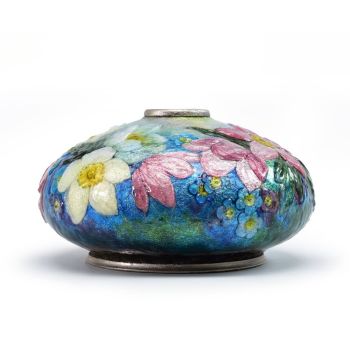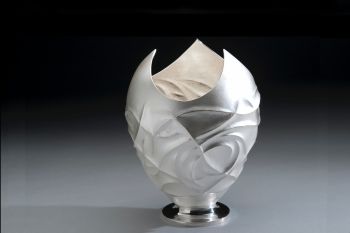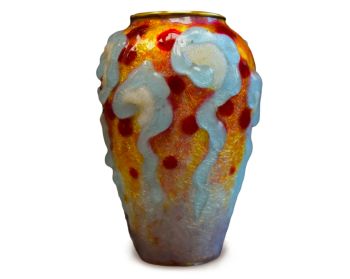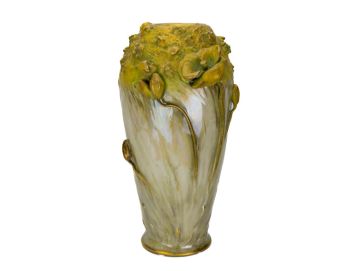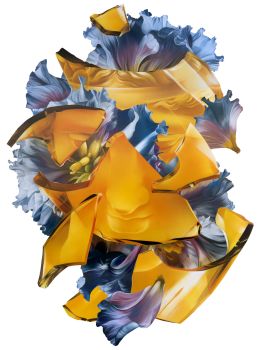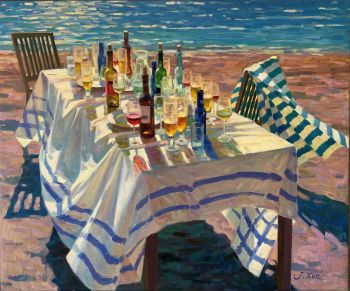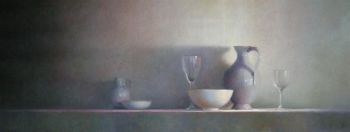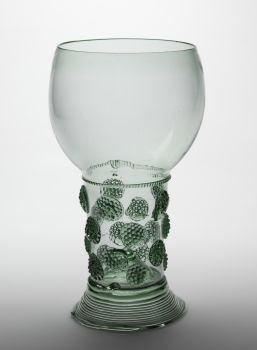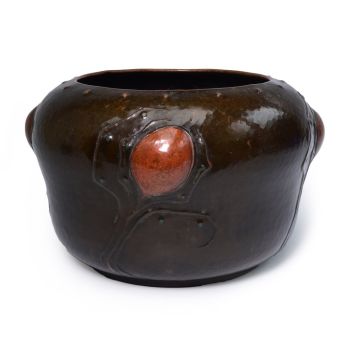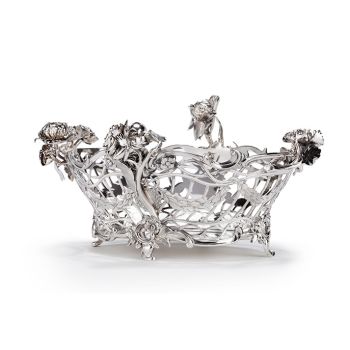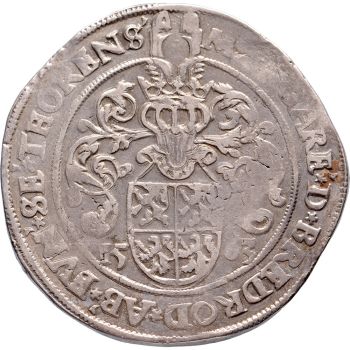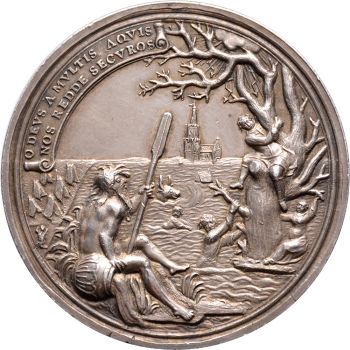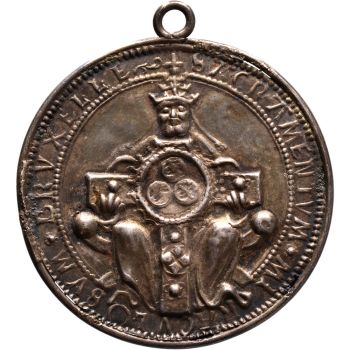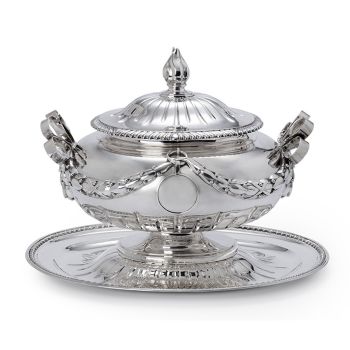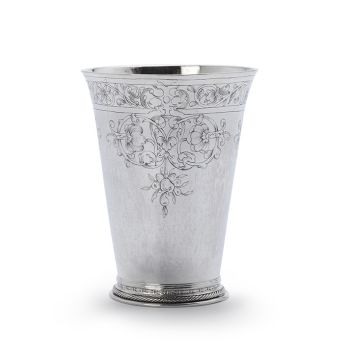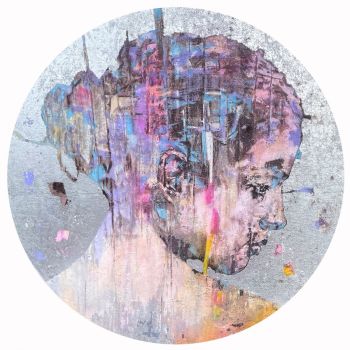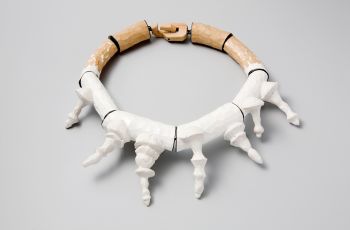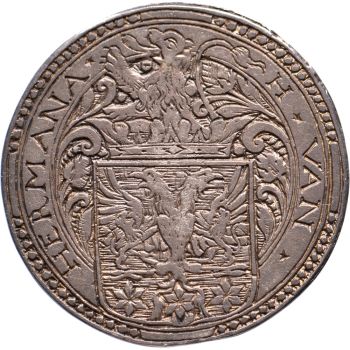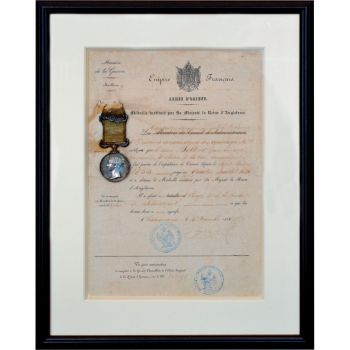Cesta com tampa, China, final do século 18 / início do século 19 1780 - 1820
Artista Desconhecido
FiligranaPrata
15 ⨯ 26 cm
Atualmente indisponível via Gallerease
- Sobre arteSilver filigree, the rim of the cover with insciption reading: 'To Miss Nisbet Hamilton on the occasion of her Marriage, with the respectful good wishes of her Tesidenters on her Winton Estate, September 1888'
Constance Nisbet Hamilton (1843-1920) married Henry Ogilvy.
Height 15 cm, length 26 cm
The origins of Winton House in East Lohan, Scotland, date back to 1480 when George 4th Lord Seton commenced the building of Winton Castle. In 1544 during the War of the Rough Wooing it was destroyed. In 1600 the Seton family were granted Earldom and the first Earl set about restoring the castle. Restoration was completed in 1620 more as a palatial than a defensive house.
After the Jacobite Rebellions the Seton family who backed the House of Stuart lost their title and Winton castle. In 1779 Mrs. Hamilton Nisbet bought Winton House and Estate, restored it and passed it down through females till in 1885 it was inherited by Constance Nisbet Hamilton (1843 – 1920). Through her grandmother Mary, who married Thomas 7th Earl of Elgin of the Elgin Marbles, Constance was related to the Elgin family.
In 1888 Constance married Henry Ogilvy. This certainly was the Scottish wedding of the year, attended by hundreds of nobility and the tenant farmers on her estate. Constance was an extremely wealthy woman owning several estates, castles, houses, villages and at least 40 farms in Scotland and England. This casket was one of the numerous gifts she received as a measure not only of thanks for interest shown and favours conveyed but certainly also as a measure of real affection. Winton House is still owned by the Ogilvy family and is considered a masterpiece of Scottish Renaissance architecture with a large collection of fine furniture and many important paintings. - Sobre artista
Pode acontecer que um artista ou criador seja desconhecido.
Algumas obras não devem ser determinadas por quem são feitas ou são feitas por (um grupo de) artesãos. Exemplos são estátuas dos tempos antigos, móveis, espelhos ou assinaturas que não são claras ou legíveis, mas também algumas obras não são assinadas.
Além disso, você pode encontrar a seguinte descrição:
•"Atribuído a …." Na opinião deles, provavelmente uma obra do artista, pelo menos em parte
• “Estúdio de…” ou “Oficina de” Em sua opinião um trabalho executado no estúdio ou oficina do artista, possivelmente sob sua supervisão
• "Círculo de ..." Na opinião deles, uma obra da época do artista mostrando sua influência, intimamente associada ao artista, mas não necessariamente seu aluno
•“Estilo de…” ou “Seguidor de…” Na opinião deles, um trabalho executado no estilo do artista, mas não necessariamente por um aluno; pode ser contemporâneo ou quase contemporâneo
• "Maneira de ..." Na opinião deles, uma obra no estilo do artista, mas de data posterior
•"Depois …." Na opinião deles uma cópia (de qualquer data) de uma obra do artista
• “Assinado…”, “Datado…” ou “Inscrito” Na opinião deles, a obra foi assinada/datada/inscrita pelo artista. A adição de um ponto de interrogação indica um elemento de dúvida
• "Com assinatura ….”, “Com data ….”, “Com inscrição ….” ou “Tem assinatura/data/inscrição” na opinião deles a assinatura/data/inscrição foi adicionada por outra pessoa que não o artista
Related artworks
Artista Desconhecido
Set Franse Empire Pendules / Empire Lectura penduleearly 19th
Preço em pedidoKuipers Kunst & Antiek
Artista Desconhecido
IMPORTANTE E RARA GRANDE PINTURA DE 'ESTILO DE EMPRESA' ÍNDIO EM MARFIM QUE REPRESENTA UM DESFILE1850 - 1900
Preço em pedidoZebregs & Röell - Fine Art - Antiques
 Com curadoria de
Com curadoria deDanny Bree
1 - 4 / 12- 1 - 4 / 24
- 1 - 4 / 24
Tilmanus Nicolaus Maastricht
Missale Romanum com montagens de prata holandesa1788 - 1792
Preço em pedidoJacob J. Roosjen SRI
1 - 4 / 24

